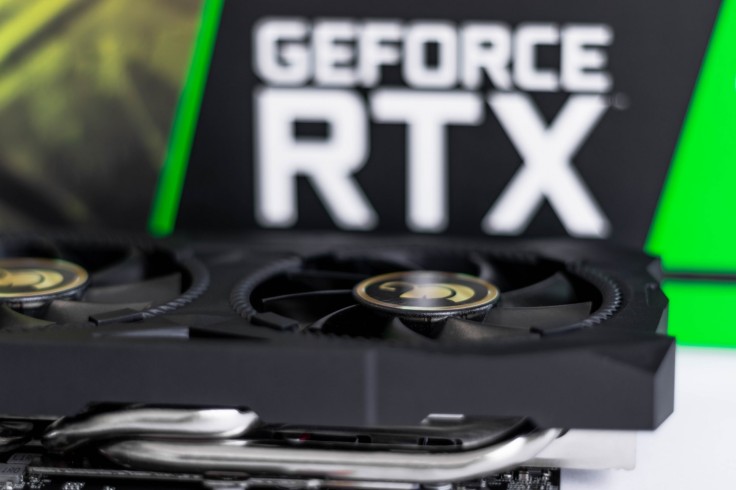
The GeForce RTX 3080 is Nvidia's latest release in its RTX 3000 line. Let's cut to the chase. It's going to be available by September 17th. The RTX 3070, on the other hand, will come to stores by October. However, as they say, wait there's more! The RTX3090, the most powerful of the bunch, is out in the market by September 24th.
GeForce RTX 3080: Unrivaled power (at a price)
After weeks of leaks, Nvidia officially unveiled its RTX 3000-line of video cards. With the previous generation's focus on Ray Tracing, the company's latest products further focus on this. We've not yet gotten tired of GDDR5 memory, but Nvidia's already offering the 3080 and 3070 with 10GB and 8GB of GDDR6X RAM, respectively.
The RTX 3080 will be twice as fast as the 2080. Depending on how you look at it, its $699 price tag (same as the 2080's upon launch) seems enticing. The RTX 3070 will of course be faster than the 2070 and will sell for $499. If money's not a problem for you, you'd certainly be interested in the RTX 3090. It supports 8K gaming for a price--$1,499 to be exact.
Modern GPUs, especially top-of-the-line models, are really expensive. However, once you go beyond that fact, you'd then realize that at the same price point of last-generation cards, Nvidia's GeForce RTX 3080 and its siblings definitely make high-end PC gaming significantly cheaper.
Design choices and other features
The GeForce RTX 3080's reference version comes with two fans. One fan serves as the exhaust while another supplies flowing air around the insides of the card. Once third-party manufacturers make their own versions, we expect mostly dual- or triple-fan designs. The RTX line also uses 12-pin power connectors, officially letting go of the dual 8-pin connectors from the previous generation.
Two years after Nvidia released its flagship 2080 card, we've gone a long way in terms of 4K gaming. The last-gen cards also supported hardware accelerated ray tracing. However, thing's go differently once real-time ray tracing enters the game. The RTX 3000 line aims to conquer this limitation, especially since the 3090 even supports 8K gaming.
According to Nvidia's CEO Jensen Huang, the new Ampere architecture is a huge jump from the previous generation. The RTX 3080 will have 30 shader teraflops (the 2080 only has 11) and 58 RT TFLOPs (the 2080 only has 34). And to top things off, Ampere's greatest achievement is in its AI Tensor Cores-238 tensor TFLOPs compared to the previous 89.
If a PC game relies heavily on ray tracing, expect bigger improvements when using an Ampere-based RTX card.
The RTX 3080 and 3070 will be the first cards to support HDMI 2.1. This allows higher frame rates and resolutions such as 120 fps at 4K (as long as your screen supports it). For gamers, especially those who are into first person shooters like Call of Duty, the RTX cards will be a source of tech bliss. They have built-in variable refresh rate support. As long as your TV support it, it can behave like a G-Sync or Freesync monitor.









